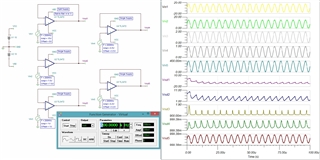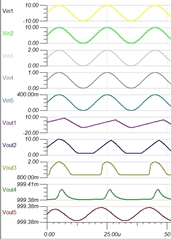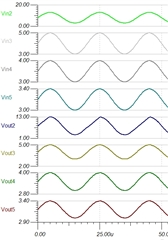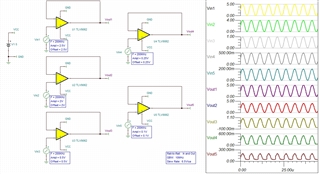Other Parts Discussed in Thread: TLE2142, NE5534, TLV9362, TLV9162, TLV9062
Hi,
This is a cost-sensitive PLC application, and TL3472 is the only part shown by our selection rules applied to TI's 776, it has the lowest price with large stock in TI, In to V- rail-to-rail, and 3+ GBW. The application input voltage would be under 12V and we specifically need an op amp which has a good performance on input signal with 0.5V. We donot very much care about the performance on input signals above 4V or below 0.25V though it would be a gift if it also has a good performance on signals below 0.25V or even less with that price (we know there are many out there from TI, but they are too expensive).
From the datasheet, it looks like TL3472 would be a very good choice.
However, when we tried to import its PSpice model into TINA, we found the model is too simple with 30+ lines of code in it that made us up and down, and the TINA simulation result let us completely down:

We managed to find a similar product from TI with rail-to-rail property of In to V- which is the same as TL3472 , it's TLE214x. The simulation result with TLE214x is good enough for our application but it's much more expensive and much less stock in TI:

The following is the parameter comparison between the 2 parts:

We can't see significant difference from the comparison above. Did we miss anything important? Why the simulations on the 2 parts differs that much?
We did another set of test on TL3472:

Please see the attached TSC files.5460.TL3472.TSCTLE214x.TSC
Regards
Chao





